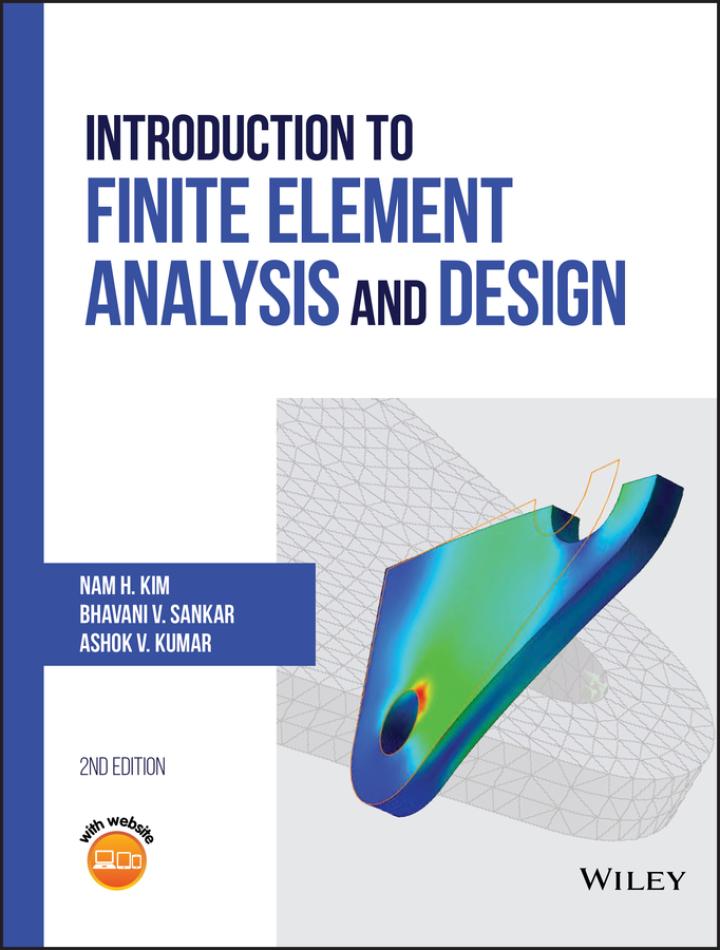Answer the following descriptive questions. a. In finite elements for solid mechanics, nodal forces are defined as
Question:
Answer the following descriptive questions.
a. In finite elements for solid mechanics, nodal forces are defined as positive when the force is applied in the positive coordinate direction. How is the positive heat flux defined for an element?
b. Two 1D heat transfer elements have the same thermal conductivity and cross sectional area but have different lengths. When the temperature differences between the two nodes of the two elements are the same, which element has a higher heat flow? A long element or a short one?
c. In solid mechanics, when a node is fixed, the column corresponding to the fixed DOF is deleted (strike the column). In heat transfer analysis, how can a prescribed temperature be imposed in the global matrix equation?
d. In the weak form of Galerkin's method, when the temperature at node \(i, T_{i}\), is prescribed, what is the value of the weighting function \(\delta T_{i}\) at that node?
e. The wall of a heat chamber is modeled with three 1D elements, where each element has different length. There is no heat generation within the wall. Will the heat flux for the three elements be the same or different? Explain why.
f. Explain how a convection boundary condition makes the finite element matrix positive definite without striking the row or striking the column.
Step by Step Answer:

Introduction To Finite Element Analysis And Design
ISBN: 9781119078722
2nd Edition
Authors: Nam H. Kim, Bhavani V. Sankar, Ashok V. Kumar





